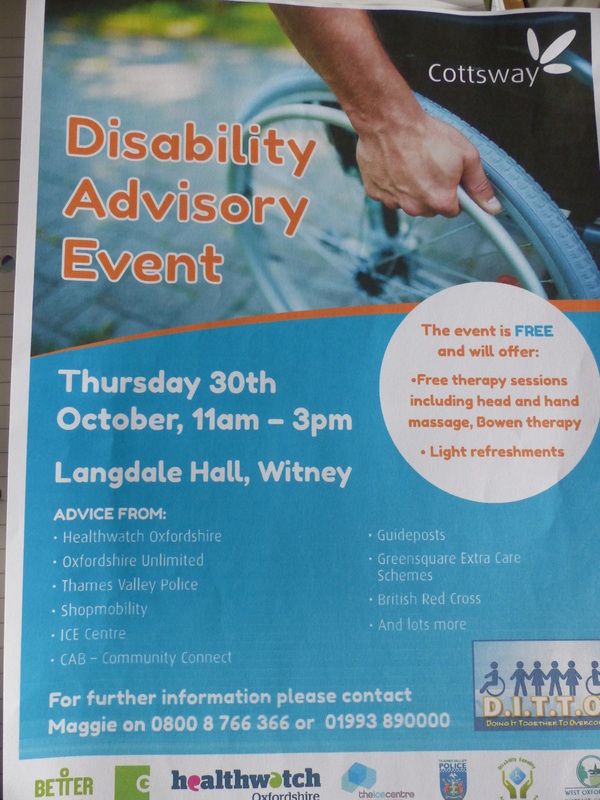|
Dr Susan Jebb OBE - Professor of Diet and Population Health
As one of the chairs of NICE Advisory panels she works with industry to obtain voluntary agreements to improve the nations health. Her talk, following just 1 day after her appearance on Radio 4, was entitled Knowledge, Nudge and Nanny – opportunities to improve the Nations Health. Salient Points of Lecture
5 least intake items Fresh fruit, raw/boiled vegetables, High fibre breakfast cereals, High fibre bread
People – Make healthier choices easier - e.g food labelling Products – Providing healthier products e.g. reformulation – less salt/sugar and smaller portions Promotions – marketing restrictions What could Possibly be done?
Summary Population-level measures to promote a healthier diet are an essential complement to individual lifestyle interventions Education is useful, but rarely sufficient and not always necessary Action from industry is crucial to transform the food environment There is a subtle balance of power between policymakers, industry and the public which needs to be understood and managed if effective policies are to be successfully adopted.
0 Comments
|
|

 RSS Feed
RSS Feed
